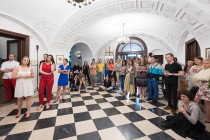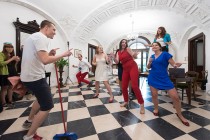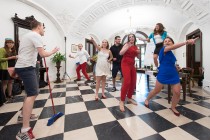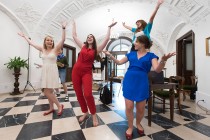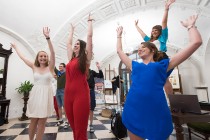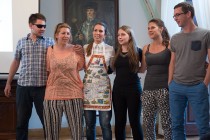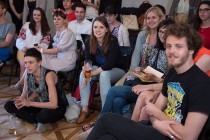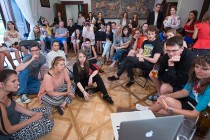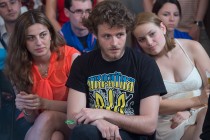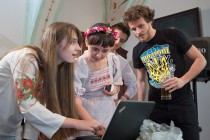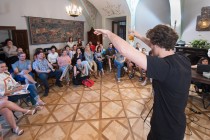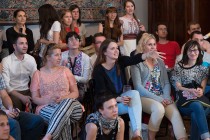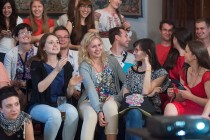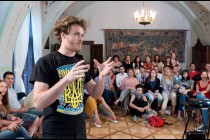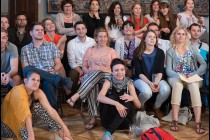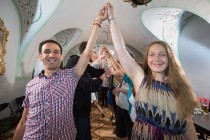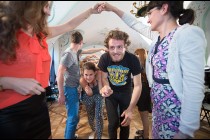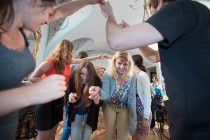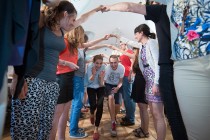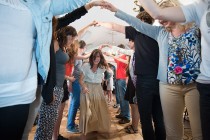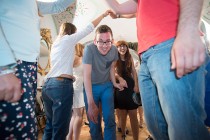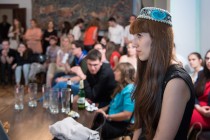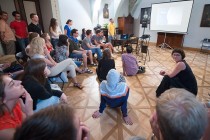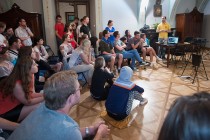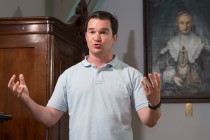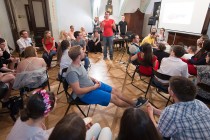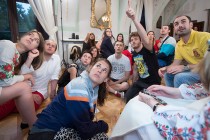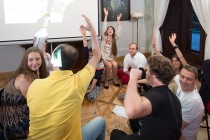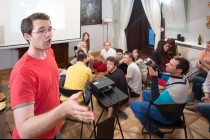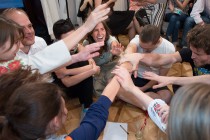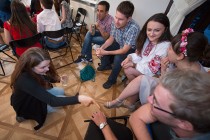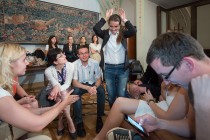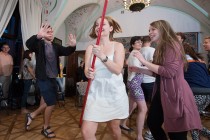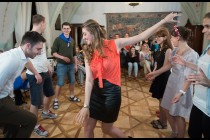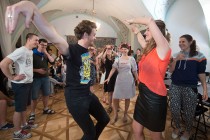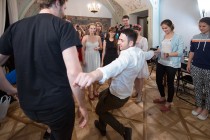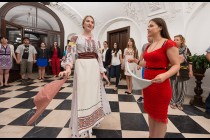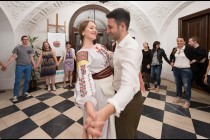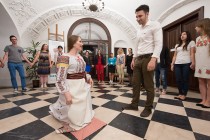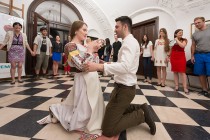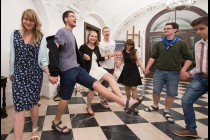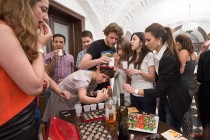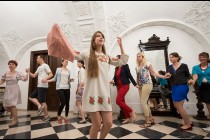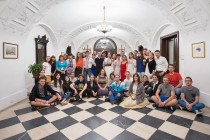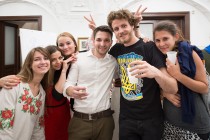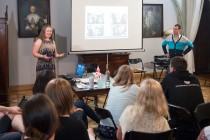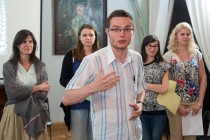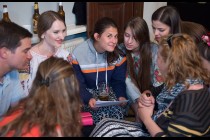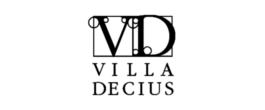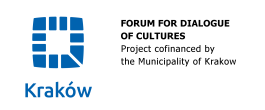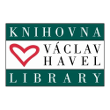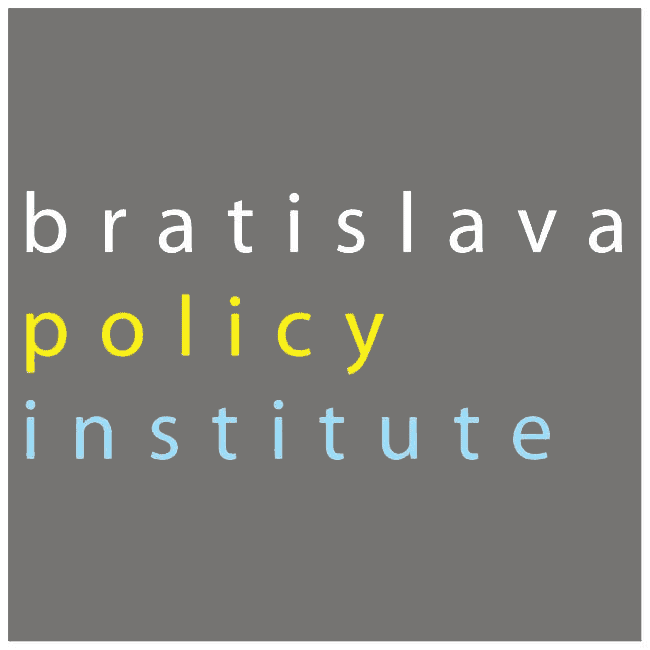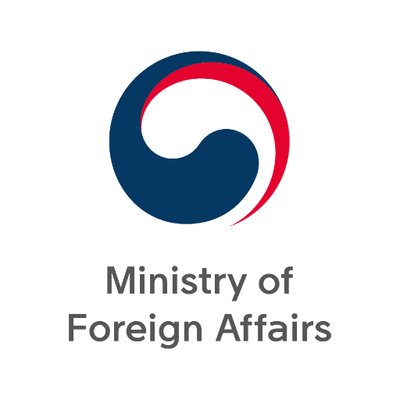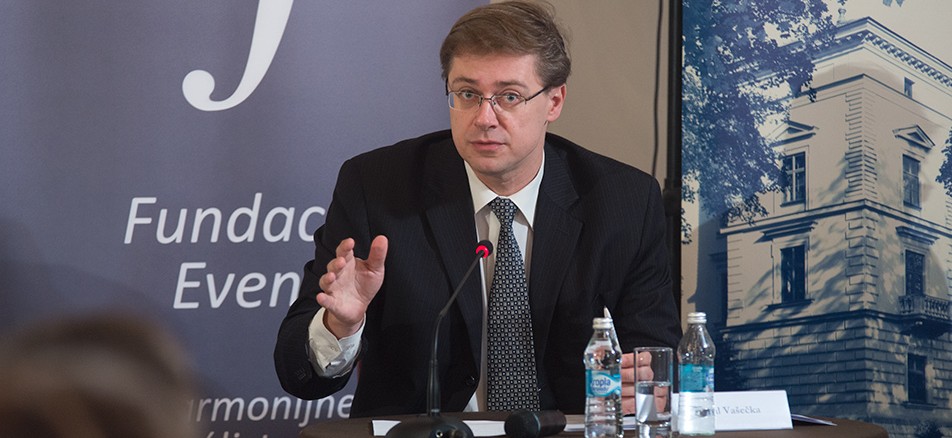
“Is V4 embodiment of Central Europe?” – asked in the beginning of the lecture Michal Vašečka, the main expert in the forth day of Visegrad Summer School.
Identity and culture of Central Europe
To define Central Europe Michal Vašečka presented many different cultural and historical definitions: Kundera’s space of cultural trauma, a concept of Zwischeneuropa, German Mitteleuropa or bloodlands, where citizens are not only victims but also produce conflicts. “But to be honest for me Central Europa is a culture of Apfelstrudel” – he concluded.
The audience focused on the concept of the kidnapping of Central Europe after 1945. As Kundera write: “Europe hasn’t noticed the disappearance of its cultural home because Europe no longer perceives its unity as a cultural unity”. Michal Vašečka however said that the real tragedy was not a kidnapping but a rise of nationalism. He also mentioned that V4 in crucial times is working, but the problem is that Central Europe is disappearing from imagination of Central Europeans and other cultures.
After showing same information about V4 cooperation, started a stormy debate, in which participants discussed for example the problem of a clash of “superidentity” and national identity.
Potential for reconciliation and cultural cooperation in Central Europe
Michal Vašečka, as a lectures at the Faculty of Social Studies of Masaryk University in Brno, the second part of debate dedicated to the problem of Slovakia-Hungary reconciliation. As he stressed this two nations can serve as an ideal “other” concept in a so-called national discourse.
In the beginning of the lecture he analyzed the reconciliation measures such as: history commission, youth exchange programs, schoolbook commissions or civil society enhancement programs. Unfortunately, most of these instrument failed in Hungary and Slovakia, because the process of reconciliation was hindered by ethnicized views of history, symbolic fight over “ownership” of places, public space or negative stereotypes about each other. What is more, stressed Michal Vašečka, the media creates the picture of “nomadic” Hungarians and “shepard” Slovaks. During the research in 2008 teenager turned out to be even less tolerant to Hungarians in their country than their parents because they were reproducing fears from TV and the Internet.
After exciting discussion, there was a multicultural evening. Participants of Visegrad Summer School presented the best elements of their national cultures. Songs, dances, educational games, tastingof local specialtiesand many other attractions lasted until midnight.

